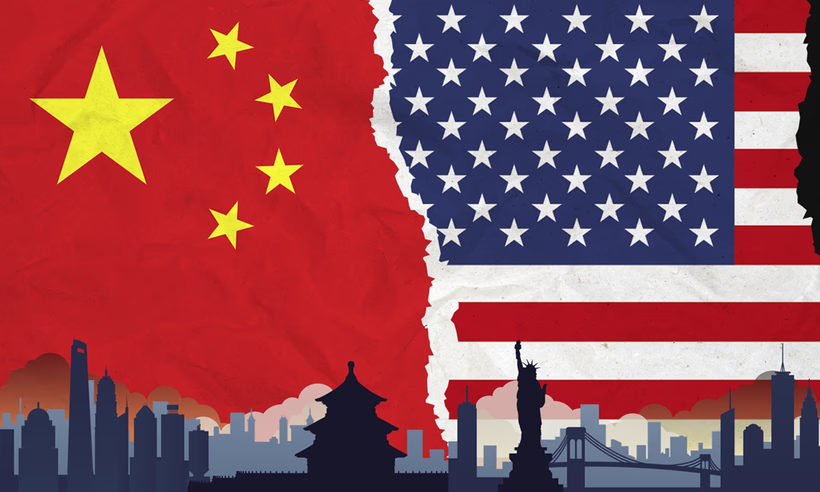Recently, OpenAI made a bold decision to restrict its website in mainland China and Hong Kong, effectively isolating these regions from accessing some of the most cutting-edge Artificial Intelligence tools the ChatGPT. This step is a direct response to the escalating tensions over global technology supremacy. Although this action by OpenAI was anticipated by many due to the growing geopolitical strain and the race for technological dominance, it signifies a pivotal moment in the realm of AI. It intensifies the already frosty relations in the ongoing technological standoff. The implications of this decision are profound, reshaping the AI environment not only in China but across the globe, setting the stage for an intense battle for supremacy among the world’s AI giants.
OpenAI’s decision serves as a protective measure for its valuable innovations in the face of mounting pressure from governments and competitors vying for the lead in AI. This strategic move highlights the widening gap in digital capabilities between China and Western nations, a gap that has become a hallmark of this era of technological conflict. Yet, as OpenAI severs its connections with China, it also signals a broader trend of separation within the tech world, where American and Chinese technological spheres are increasingly diverging. This trend is noted by several industry observers who foresee a future where the two tech landscapes may operate independently.
Navigating the New Era: Chinese AI’s Leap Forward in Contrast to OpenAI
The recent decision by OpenAI to restrict access to its state-of-the-art models like GPT-4 has stirred a mix of hurdles and prospects for AI enterprises in China. The exclusion of these advanced tools may decelerate the pace at which revolutionary Artificial Intelligence technologies are embraced and woven into the fabric of Chinese innovation, especially for burgeoning startups and modest-sized firms without the means to forge these technologies on their own.

This embargo, slated to commence on the ninth of July, looms over Chinese entities that rely on OpenAI’s expansive language models, as reported by the South China Morning Post, with insights from industry connoisseurs. Yet, this could also ignite a surge of ingenuity, spurring Chinese technologists to delve deeper into their inventive reserves. This catalyst could spark a renaissance in AI research and development within China, potentially ushering in an era where the Chinese AI sector thrives on self-reliance and vibrancy, crafting a self-sustaining ecosystem of technological advancement.
China’s Leap in Artificial Intelligence to Beat OpenAI
In the realm of technology, a blockade has led to an opportunity for China’s tech titans such as Alibaba, Baidu, and Tencent. These powerhouses are equipped with vast resources, skilled experts, and the necessary systems to fast-track their advancements in artificial intelligence (AI). Their efforts are not just about keeping pace but also about forging new paths, creating AI solutions that stand apart from those of OpenAI.
Moreover, the Chinese government’s strong support for its technology sector through substantial funding and supportive policies has supercharged the industry. This backing has sparked a surge in AI research, setting the stage for a wave of innovation. As a result, Chinese companies are not only competing more fiercely among themselves but are also gaining ground on the global stage, challenging international tech leaders.

This push in AI is not just about competition; it’s about establishing China as a hub of AI innovation. The country’s commitment to developing AI is clear, and the effects of this dedication are likely to be far-reaching, potentially reshaping the global tech landscape. With each advancement, China moves closer to achieving parity with, or even surpassing, its international peers in the field of AI.
The Shifting Sands of AI Supremacy
In a world where Artificial Intelligence (AI) is becoming increasingly central, the actions of OpenAI resonate far beyond the borders of China. These decisions have the power to reshape the landscape of global AI, leading to a possible future where the AI field is divided. The United States and China are at the forefront, carving out their spheres of influence, while other nations may choose sides depending on their access to AI innovations.
Particularly in Southeast Asia and Africa, where economic bonds with China are strong, there’s a tendency to lean towards Chinese AI technologies. On the other hand, European and North American countries might grow more reliant on AI systems developed in the United States. This division could significantly affect global collaborations, the sharing of data, and the development of AI standards across the world.
11:16 PM 6/30/2024













